’Creation From Catastrophe’: a RIBA show explores building’s disaster response
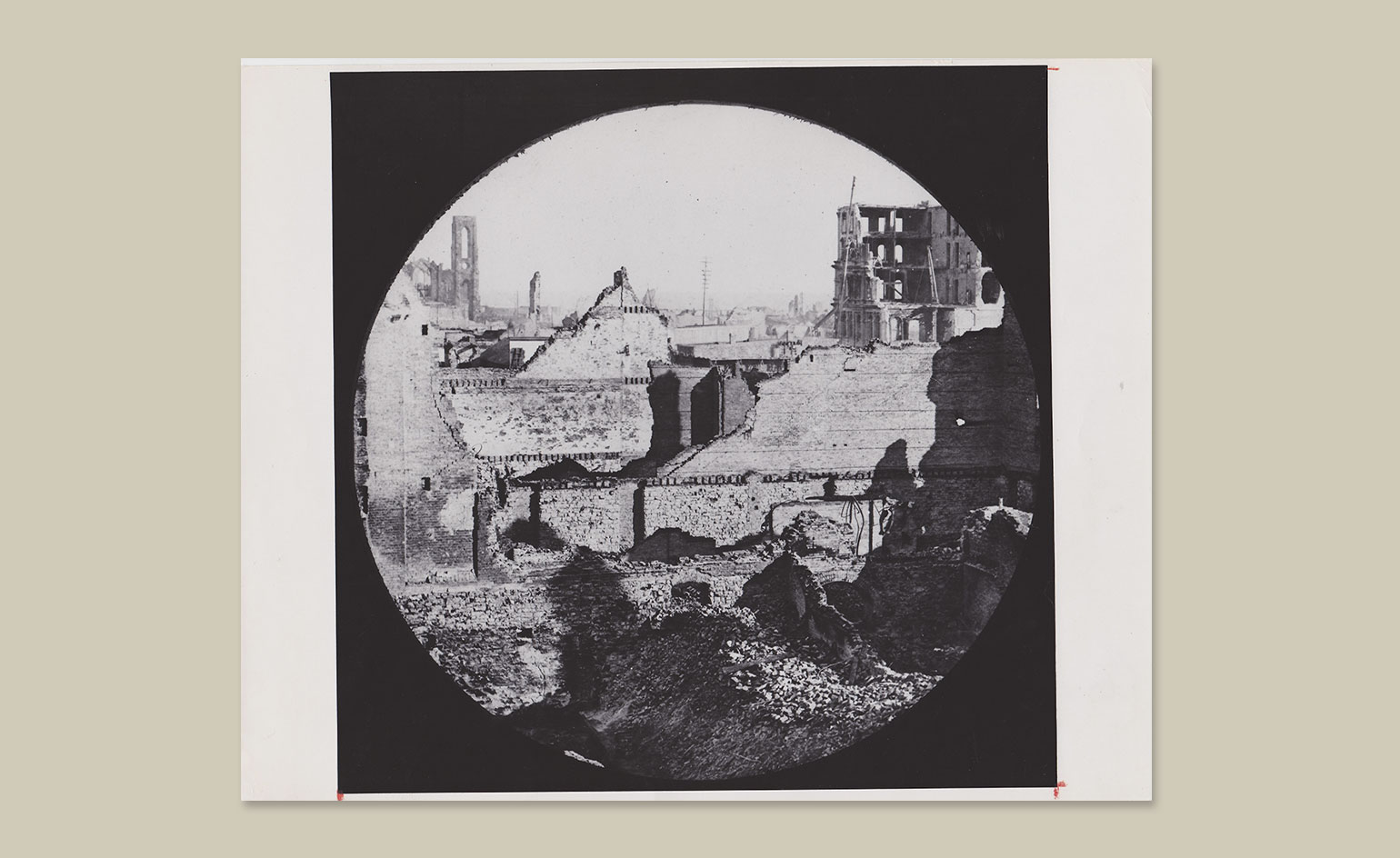
RIBA’s ‘Creation From Catastrophe’ focuses on ten projects spanning four continents, addressing the role of architecture in the aftermath of a state of emergency. Pictured: the Great Fire of Chicago in 1871 destroyed 9km of the inner city. The Chicago that rose from the ashes became a melting pot for capitalism, technological advancements and architectural talent.
Our planet can be a fickle and unforgiving place. News reports seem to be constantly detailing the next impending threat of natural disaster, with recent examples including the Cumbrian floods and the USA’s monster blizzard, which wreaked havoc throughout the eastern states.
When calamity does strike, there is a pressing urgency to restore and improve what existed before; reconstructing in a way that buffers the occurrence of such events. This process also presents a unique opportunity to radically rethink and redevelop cities and communities for the better.
Approaching the topic from this angle, the Royal Institute of British Architects is hosting a new exhibition, ‘Creation From Catastrophe’, which focuses on ten projects spanning four continents, addressing the role of architecture in the aftermath of a state of emergency.
Opening with Sir Christopher Wren's master plans for the reconstruction of London after the Great Fire of 1666, the exhibition journeys through 18th century Lisbon, 19th century Chicago, 20th century Skopje and into the present day via projects such as Dayra Kahn’s women's centre in Pakistan, built to be resilient in an area that is prone to flooding; the flood prevention plan drawn up following Hoboken’s flooding during Hurricane Sandy; and Pritzker Prize winner Alejandro Aravena’s project with his practice, Elemental, in his home country of Chile, which sets out to help – together with the local government – communities left devastated after this year's tsunami.
The exhibition includes an array of drawings, photographs, films and models, all highlighting pivotal moments in time in which humanity has managed to bounce back from various disasters (both manmade and natural). The show draws upon a common theme of rebuilding with a bigger picture in mind, using a ‘bottom up approach’ to reconstruction.
'Creation From Catastrophe' has been designed by young practice Aberrant Architecture. Working with natural raw cork against an opal acrylic grid and playful mirrored head-height borders, the architects created a space that gradually transitions into a raised platform, from which the visitor can enjoy an overview of the show as 'urban topography'.

The American muralist and illustrator Jules Guérin created a series of watercolours illustrating architect Daniel Burnham’s plans for the reconstruction of the city
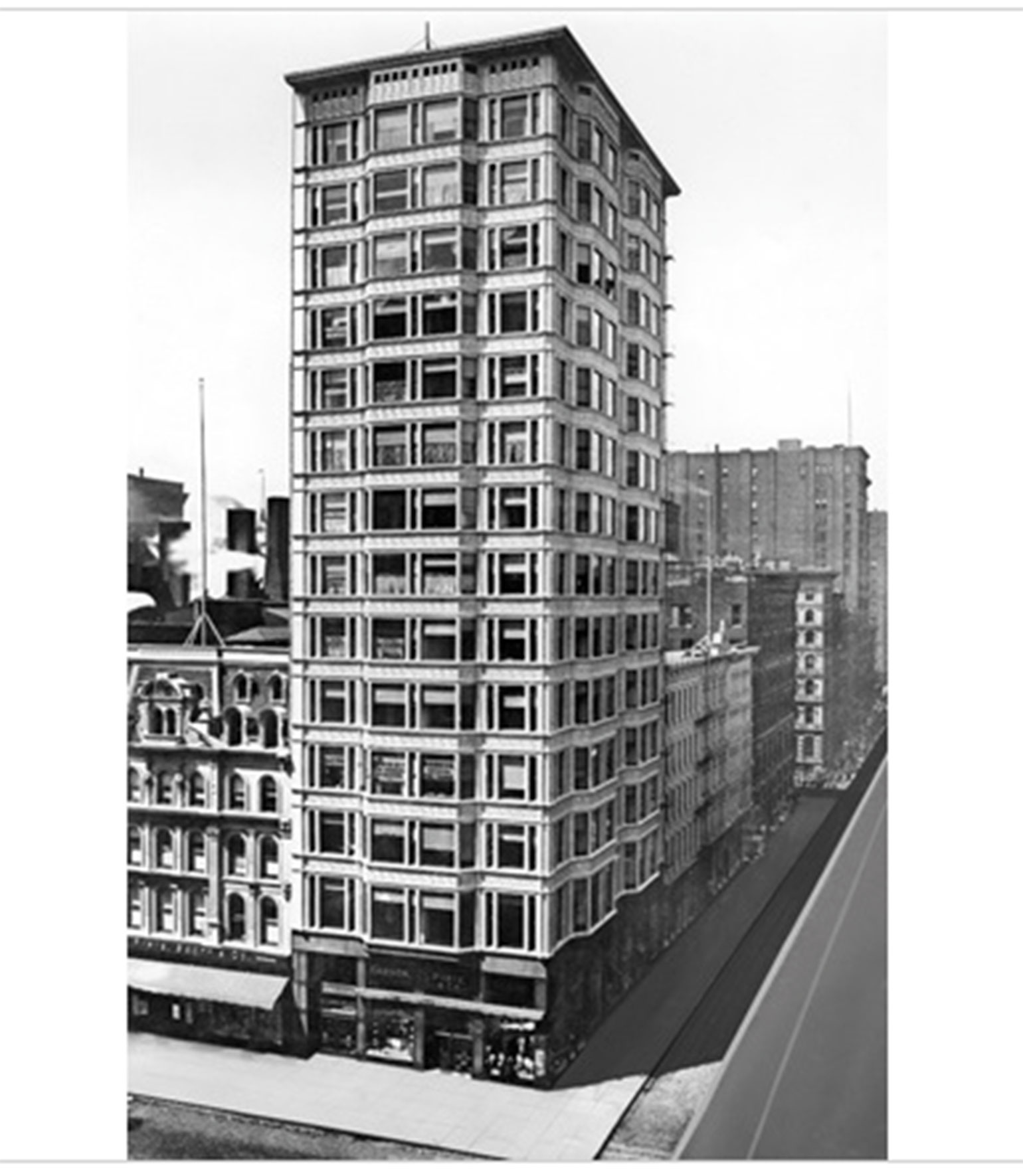
This post-fire high rise building, designed by the Atwood Burnham Co., was one of the first high rise constructions to be erected within the city.
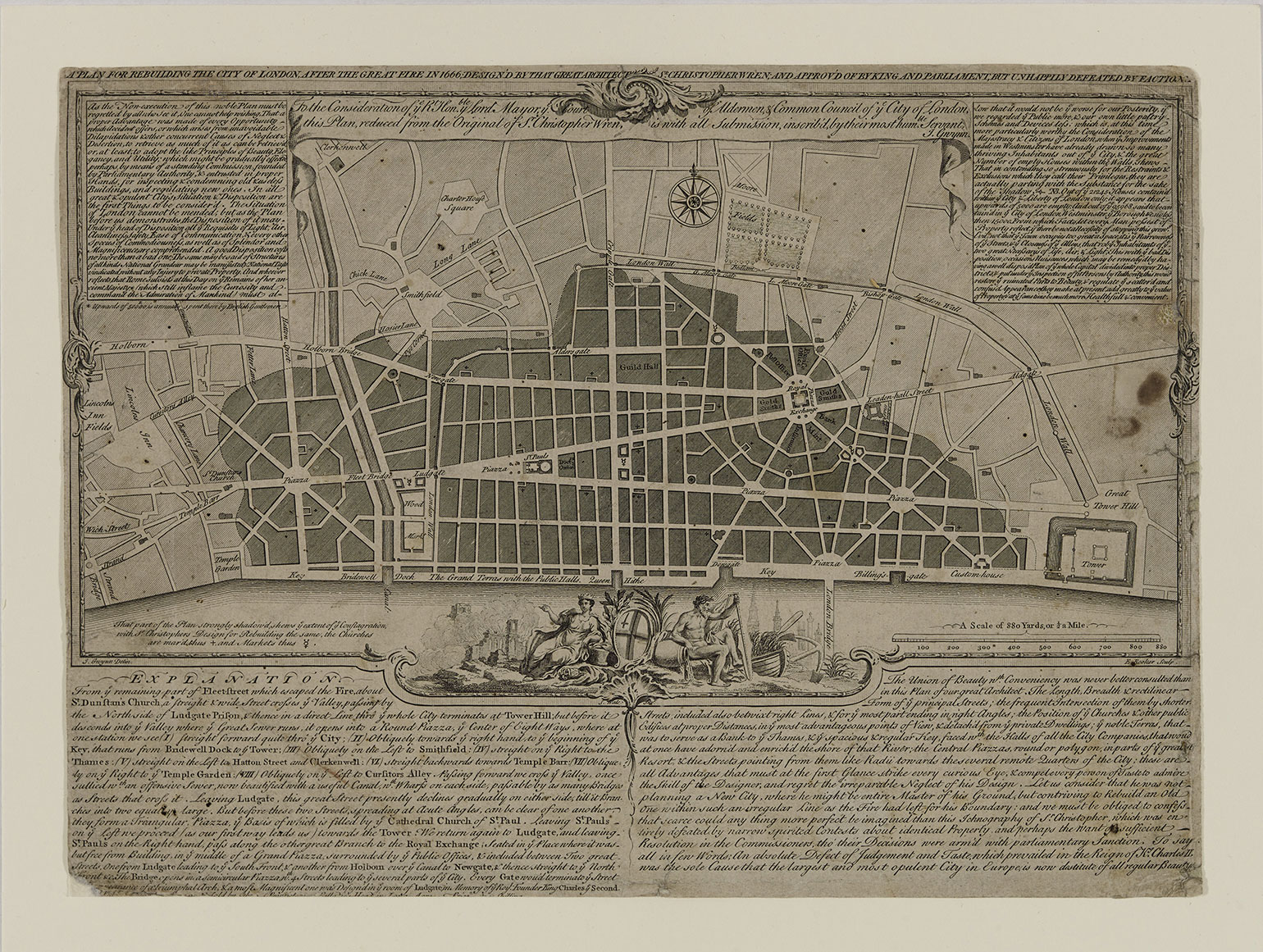
The exhibition opens with Sir Christopher Wren’s master plans for the reconstruction of London after the Great Fire of 1666 (pictured).
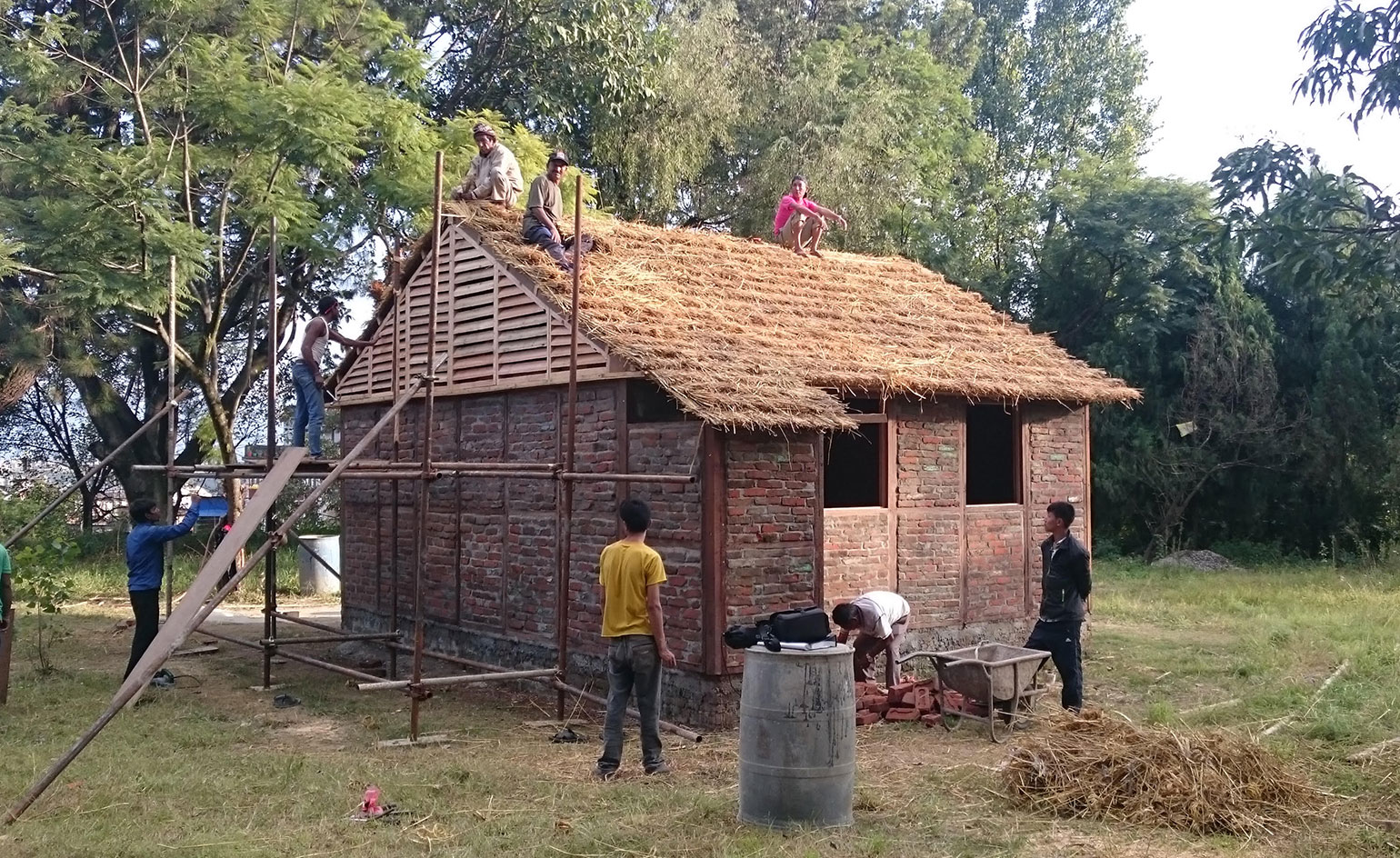
In response to the Nepalese earthquake in 2015, Shigeru Ban and his Voluntary Architects Network organisation have constructed numerous houses for local people, utilising materials such as cardboard tubes and discarded rubble
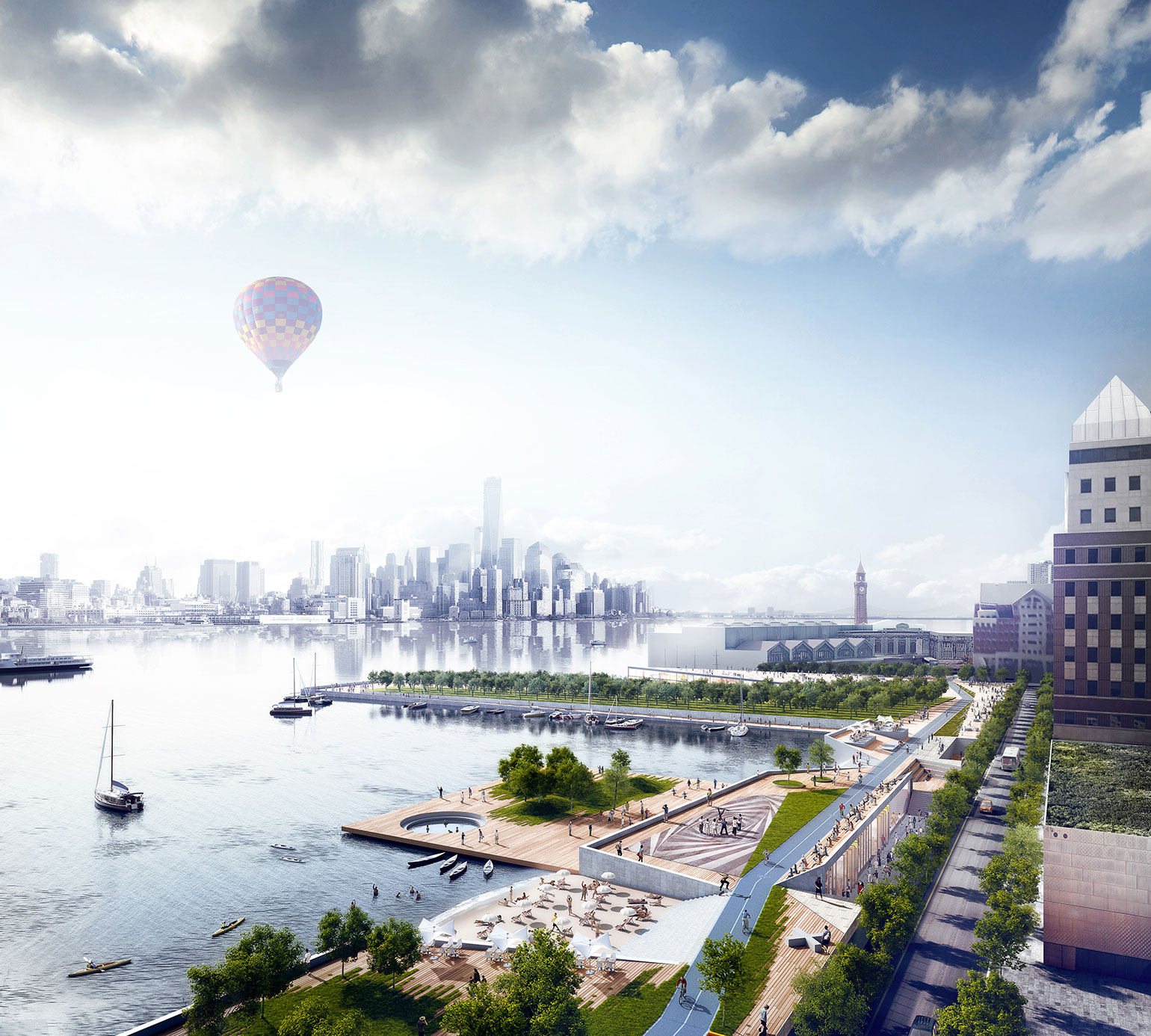
When Hurricane Sandy hit the eastern USA, 80 per cent of the city of Hoboken in New Jersey was submerged. Winning the ’Rebuild by Design’ competition, Dutch firm OMA plan to incorporate a greenbelt of parkland to accommodate future floodwaters.
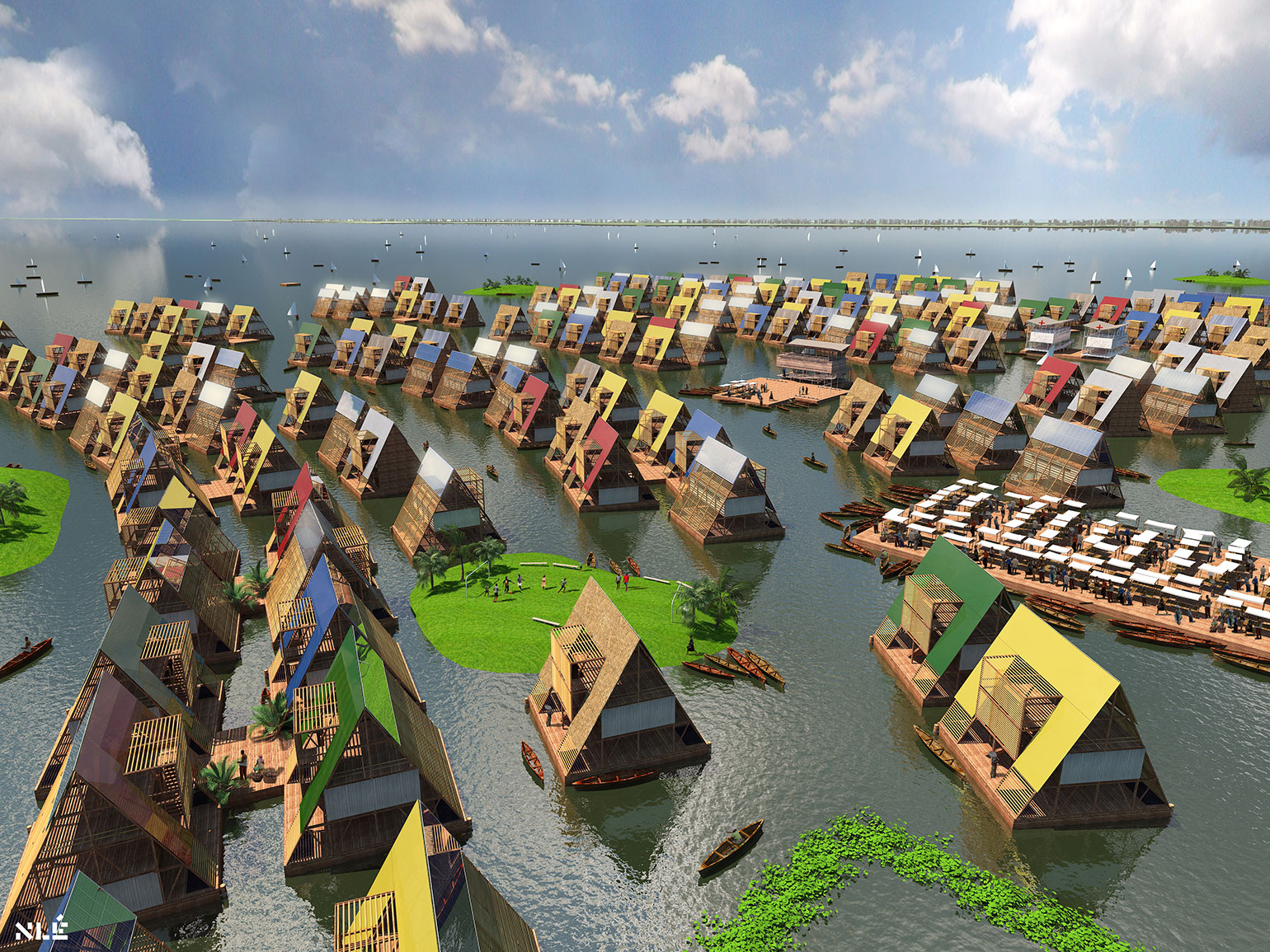
In response to Nigeria’s changing climate, architecture practice NLÉ developed two ecological buildings – the Makoko floating school and Chicoco Radio – built to withstand fluctuating sea levels. Pictured: rendered design for a water-based community in Lagos
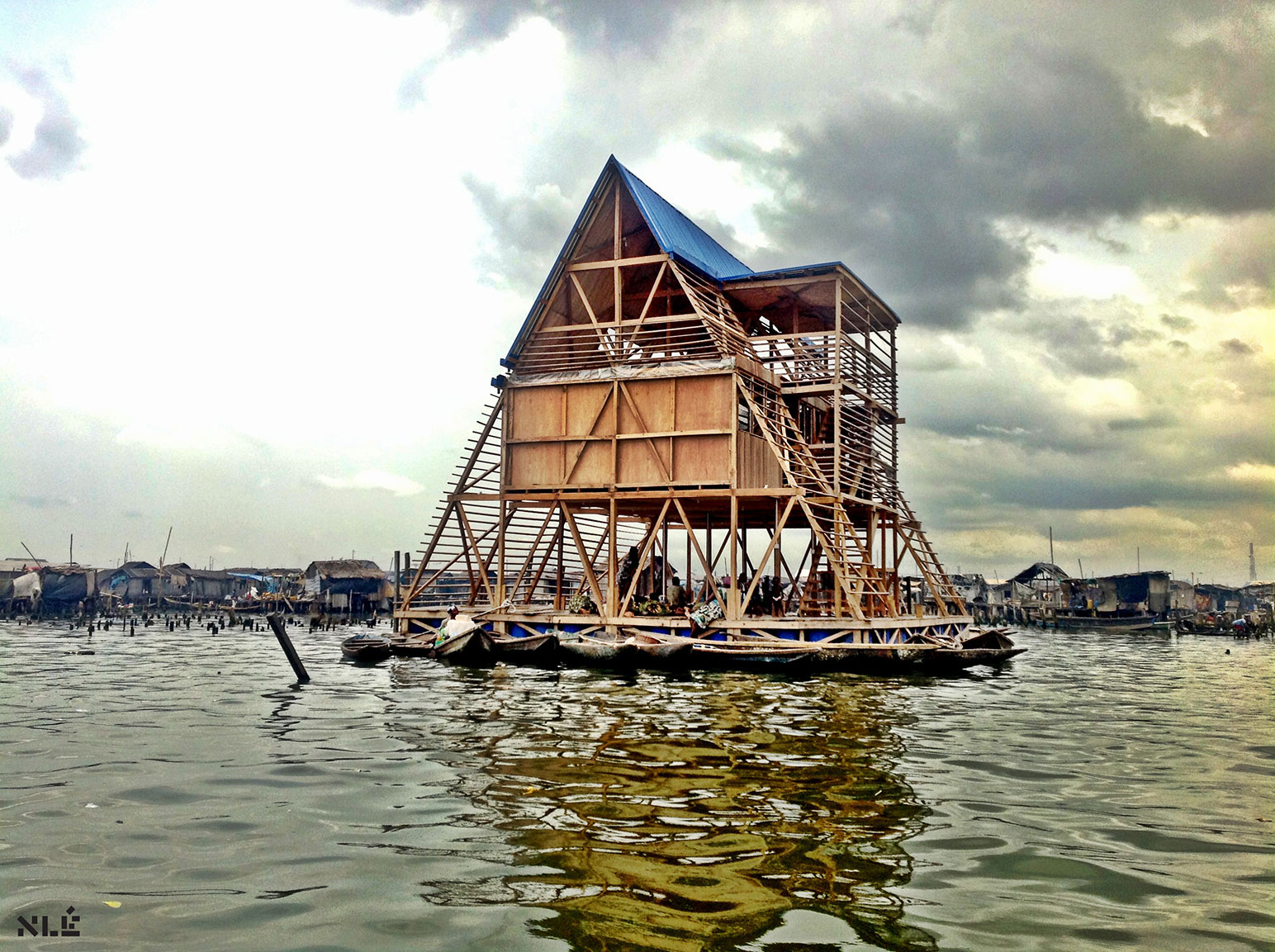
Thirty of the 36 Nigerian states fell victim to widespread flooding in 2012, the surging waters caused by an increase in erosion and deforestation
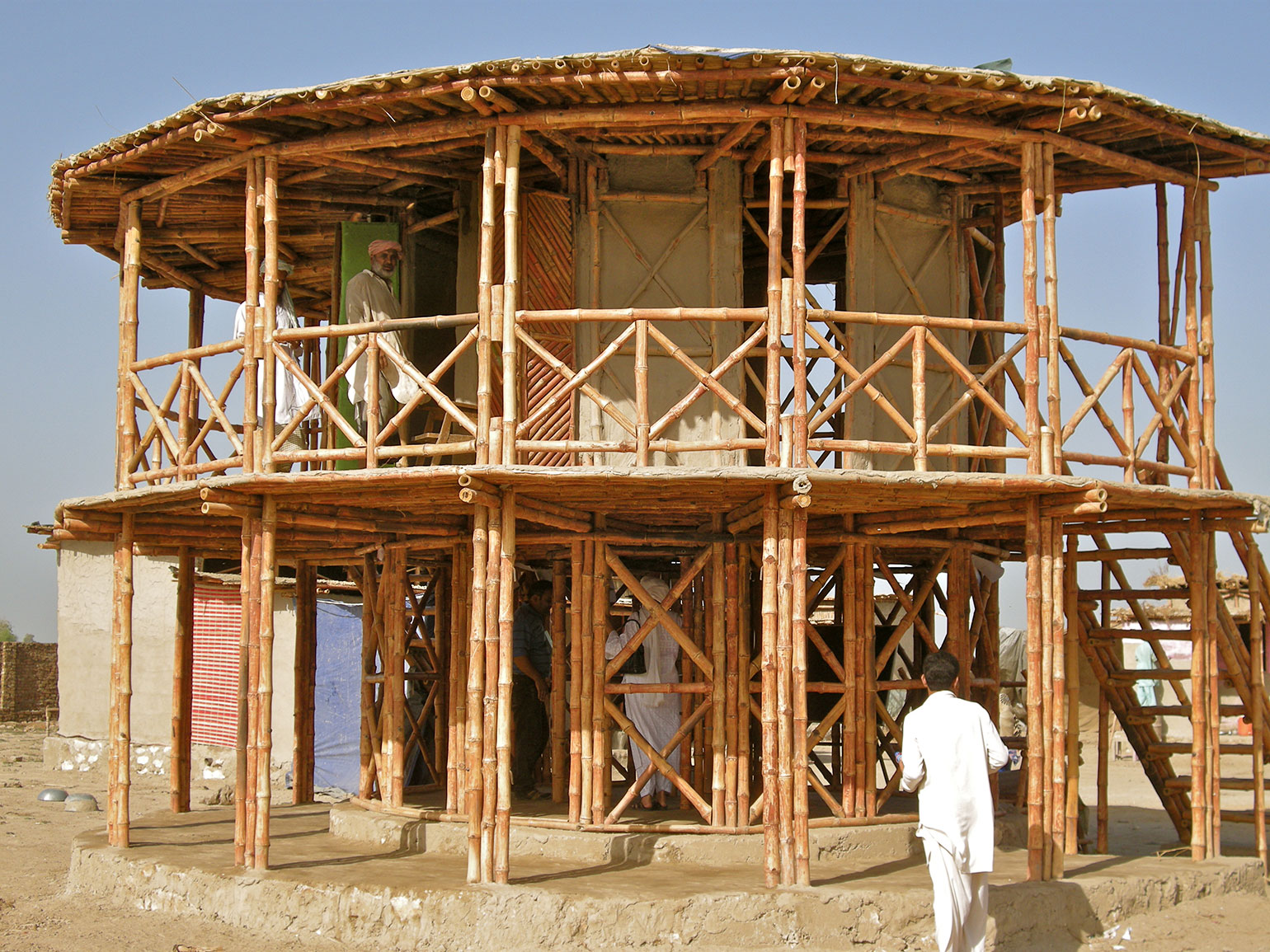
In 2010, one fifth of Pakistan was submerged by floodwater. Working with architecture students, Yasmeen Lari trained local residents to re-build their own homes. Pictured here: Women’s Centre, by Yasmeen Lari, located in Darya Khan, Pakistan.
INFORMATION
‘Creation From Catastrophe’ is on view until the 24 April. For more information, visit RIBA’s website
ADDRESS
Receive our daily digest of inspiration, escapism and design stories from around the world direct to your inbox.
Royal Institute of British Architects
66 Portland Place
London, W1B 1AD
-
 Inside Christian de Portzamparc’s showstopping House of Dior Beijing: ‘sculptural, structural, alive’
Inside Christian de Portzamparc’s showstopping House of Dior Beijing: ‘sculptural, structural, alive’Daven Wu travels to Beijing to discover Dior’s dramatic new store, a vast temple to fashion that translates haute couture into architectural form
-
 A music player for the mindful, Sleevenote shuns streaming in favour of focused listening
A music player for the mindful, Sleevenote shuns streaming in favour of focused listeningDevised by musician Tom Vek, Sleevenote is a new music player that places artist intent and the lost art of record collecting at the forefront of the experience
-
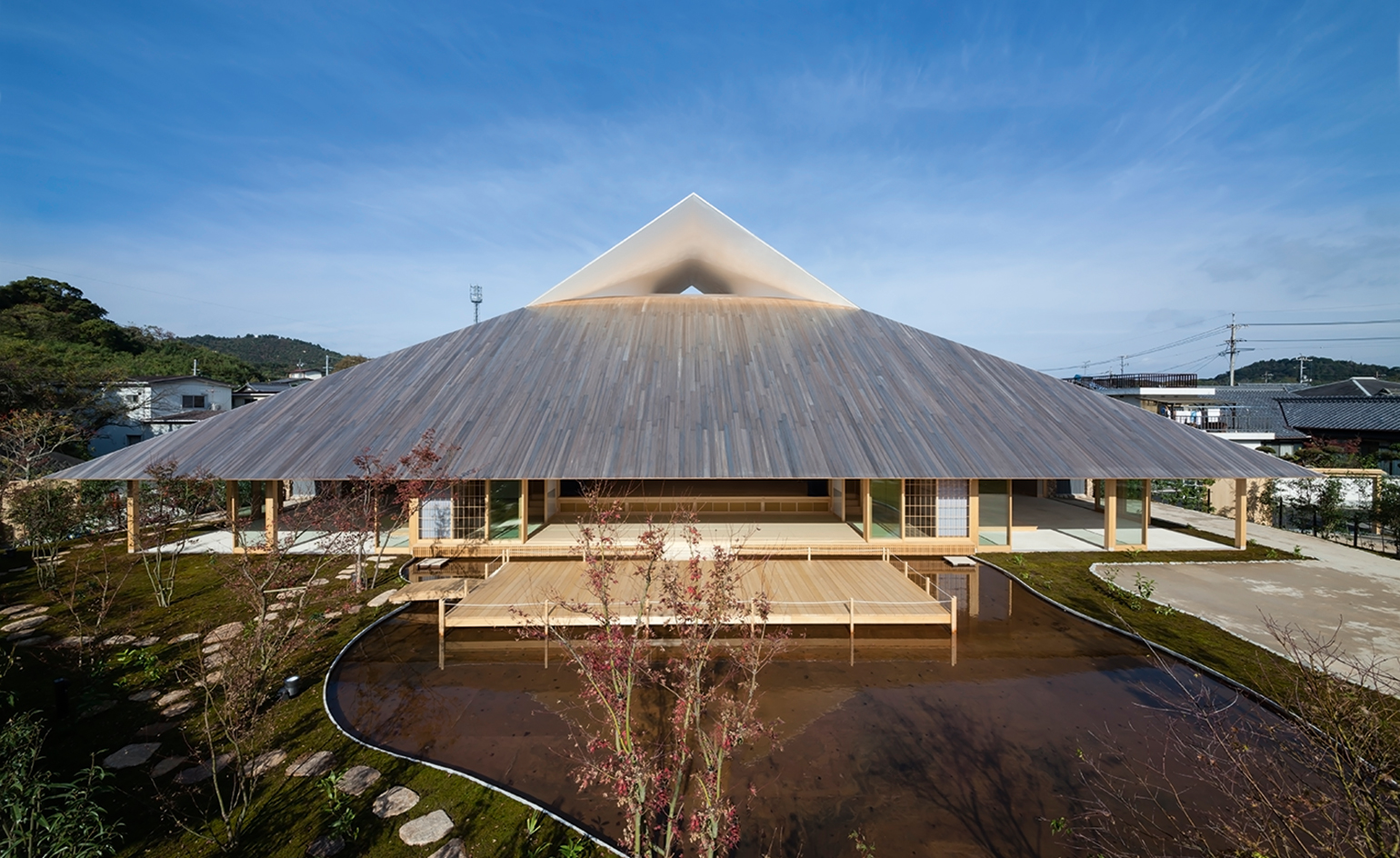 Take a tour of the 'architectural kingdom' of Japan
Take a tour of the 'architectural kingdom' of JapanJapan's Seto Inland Sea offers some of the finest architecture in the country – we tour its rich selection of contemporary buildings by some of the industry's biggest names
-
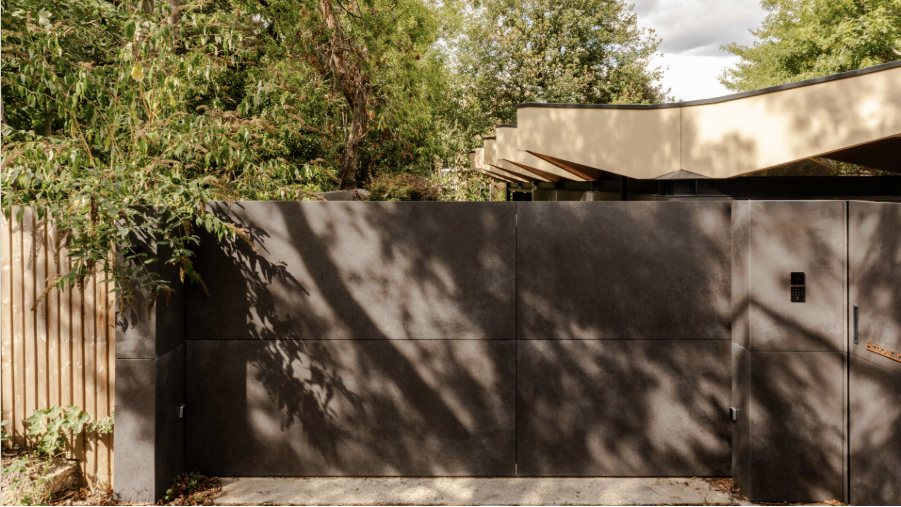 Arbour House is a north London home that lies low but punches high
Arbour House is a north London home that lies low but punches highArbour House by Andrei Saltykov is a low-lying Crouch End home with a striking roof structure that sets it apart
-
 A former agricultural building is transformed into a minimal rural home by Bindloss Dawes
A former agricultural building is transformed into a minimal rural home by Bindloss DawesZero-carbon design meets adaptive re-use in the Tractor Shed, a stripped-back house in a country village by Somerset architects Bindloss Dawes
-
 RIBA House of the Year 2025 is a ‘rare mixture of sensitivity and boldness’
RIBA House of the Year 2025 is a ‘rare mixture of sensitivity and boldness’Topping the list of seven shortlisted homes, Izat Arundell’s Hebridean self-build – named Caochan na Creige – is announced as the RIBA House of the Year 2025
-
 In addition to brutalist buildings, Alison Smithson designed some of the most creative Christmas cards we've seen
In addition to brutalist buildings, Alison Smithson designed some of the most creative Christmas cards we've seenThe architect’s collection of season’s greetings is on show at the Roca London Gallery, just in time for the holidays
-
 In South Wales, a remote coastal farmhouse flaunts its modern revamp, primed for hosting
In South Wales, a remote coastal farmhouse flaunts its modern revamp, primed for hostingA farmhouse perched on the Gower Peninsula, Delfyd Farm reveals its ground-floor refresh by architecture studio Rural Office, which created a cosy home with breathtaking views
-
 A revived public space in Aberdeen is named Scotland’s building of the year
A revived public space in Aberdeen is named Scotland’s building of the yearAberdeen's Union Terrace Gardens by Stallan-Brand Architecture + Design and LDA Design wins the 2025 Andrew Doolan Best Building in Scotland Award
-
 The Architecture Edit: Wallpaper’s houses of the month
The Architecture Edit: Wallpaper’s houses of the monthFrom wineries-turned-music studios to fire-resistant holiday homes, these are the properties that have most impressed the Wallpaper* editors this month
-
 A refreshed 1950s apartment in East London allows for moments of discovery
A refreshed 1950s apartment in East London allows for moments of discoveryWith this 1950s apartment redesign, London-based architects Studio Naama wanted to create a residence which reflects the fun and individual nature of the clients